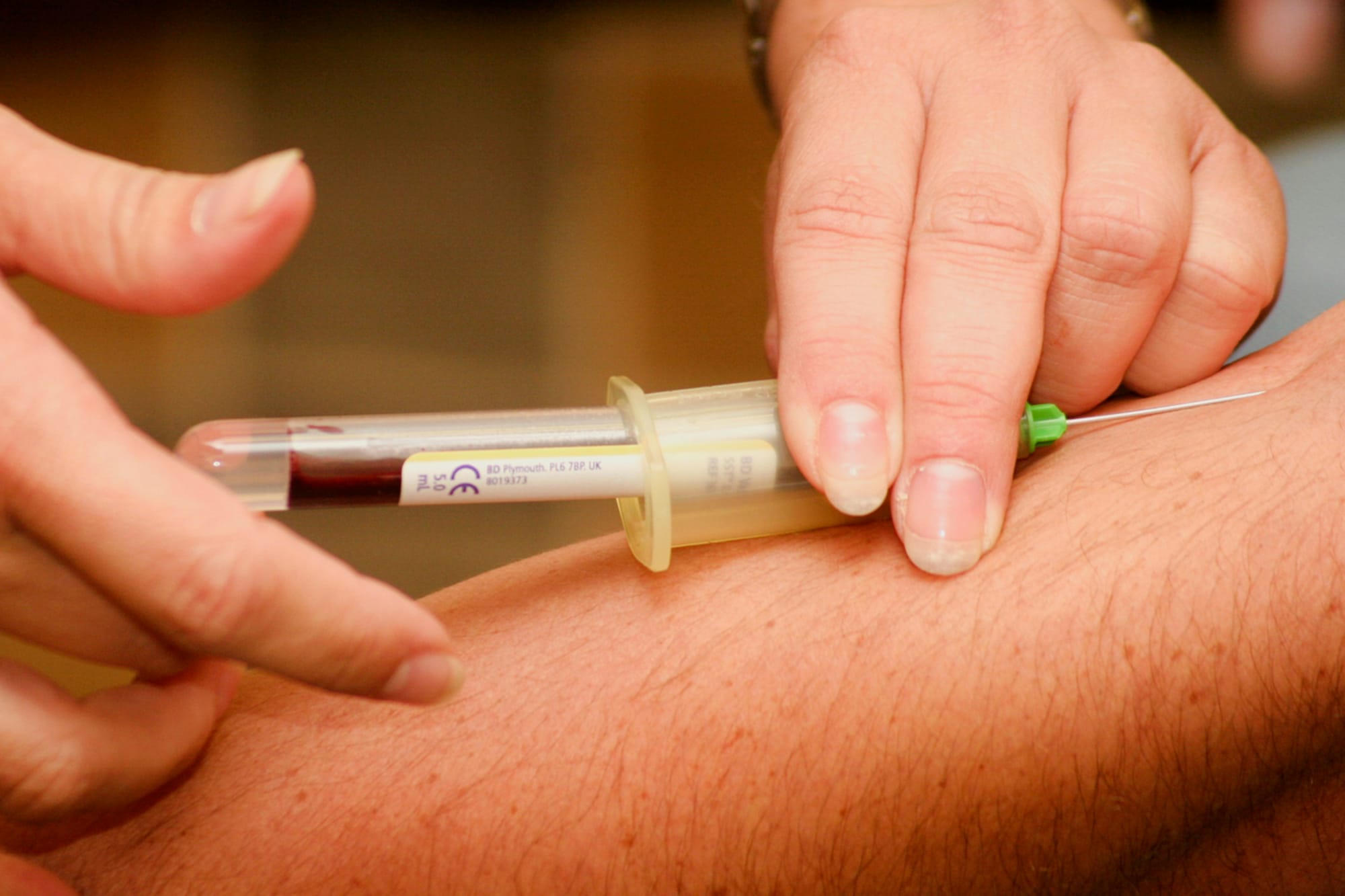Understanding Cholesterol: The Good, The Bad, and The Ugly
Cholesterol is vital for building cells and hormones, but imbalances can harm heart health. HDL (“good”) helps clear excess cholesterol, while LDL (“bad”) can clog arteries. Diet, activity, and regular check-ups are key to maintaining healthy levels.

Introduction
Cholesterol is a natural substance found in the blood that plays an important role in building cells and producing hormones. However, cholesterol levels can affect heart health in different ways. Some types of cholesterol may help protect the heart, while others are linked to health risks. This article provides general information on cholesterol and the importance of maintaining a healthy balance. For personalized medical advice, please consult a healthcare professional.
The Good – HDL (High-Density Lipoprotein)
HDL cholesterol is often referred to as "good" cholesterol because it helps transport excess cholesterol to the liver, where it can be processed and removed from the body. Some research suggests that higher HDL levels are associated with better heart health.
Source: American Heart Association
General Ways to Support Healthy HDL Levels
Some lifestyle choices may help maintain balanced HDL levels:
- Regular physical activity – Engaging in activities like walking, swimming, or cycling may support overall heart health.
- Balanced diet – Foods containing healthy fats, such as olive oil, nuts, and fatty fish (e.g., salmon), are often recommended as part of a heart-friendly diet.
- Avoiding tobacco products – Some studies suggest that avoiding smoking may contribute to maintaining healthier HDL levels.
The Bad – LDL (Low-Density Lipoprotein)
LDL cholesterol is sometimes called "bad" cholesterol because it can contribute to the buildup of fatty deposits in blood vessels. Over time, this buildup may lead to narrowed arteries, which can affect circulation.
Source: American Heart Association
Factors That May Influence LDL Levels
- Dietary habits – Diets high in saturated and trans fats (found in some fried and processed foods) have been linked to higher LDL levels.
Source: Johns Hopkins Medicine - Physical activity – An inactive lifestyle may be associated with an imbalance in cholesterol levels.
- Genetics – Some individuals may have a genetic predisposition to higher LDL levels, which is why regular health screenings are important.
Triglycerides and Overall Cholesterol Balance
Triglycerides are another type of fat found in the blood. High triglyceride levels are often associated with certain lifestyle factors, such as excessive intake of sugary foods, high-calorie diets, or alcohol consumption. Maintaining a balanced diet and staying active may help keep triglyceride levels within a normal range.
Why Cholesterol Management Matters
According to health organizations, high cholesterol levels can be a risk factor for heart-related conditions. Conditions such as atherosclerosis (plaque buildup in arteries) and high blood pressure are often associated with imbalanced cholesterol levels. Individuals with other risk factors, such as diabetes or obesity, may benefit from regular cholesterol screenings and professional medical guidance.
Source: American Heart Association
The Importance of Medical Guidance
Maintaining cholesterol balance is an important part of overall health. Lifestyle habits such as healthy eating, physical activity, and regular medical check-ups may contribute to heart health. If you have concerns about your cholesterol levels, speak with a qualified healthcare professional who can provide personalized advice based on your individual health needs.
